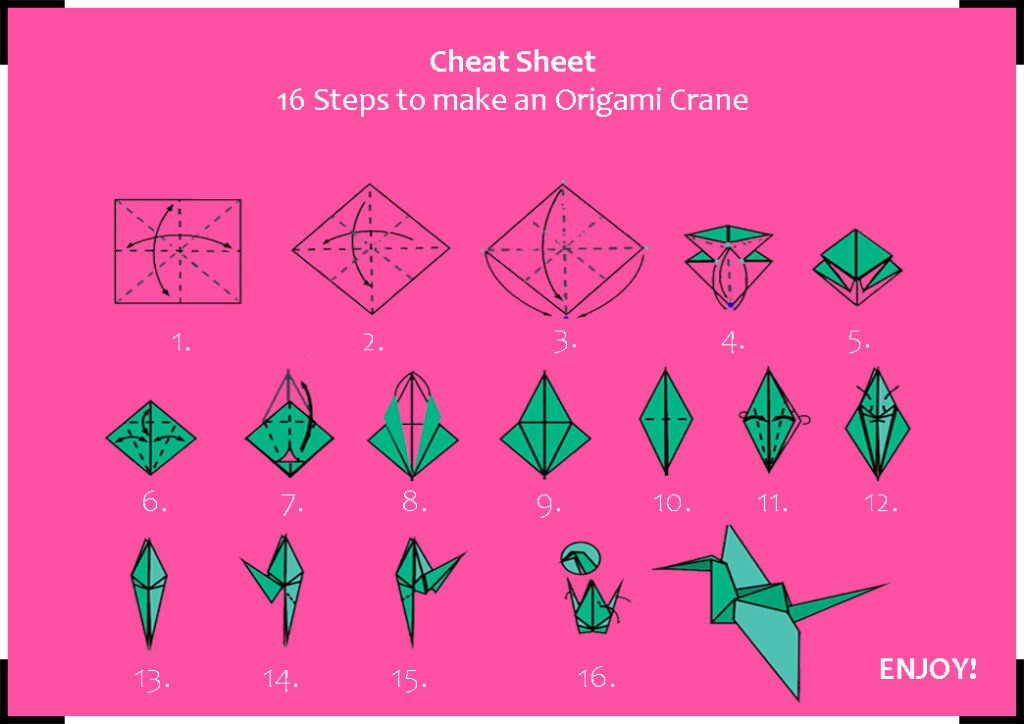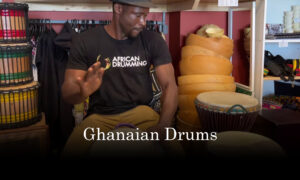Introduction to Origami
Origami is rightfully called the pride of Japanese craftsmanship. The delicate art of folding a flat paper into intricate shapes exemplifies the cultural supremacy of the Japanese. This ancient craft transforms simple sheets of paper into elaborate, three-dimensional shapes and figures. From traditional cranes to modern geometric designs,the art of paper folding exemplifies both simplicity and complexity.
In this blog we will delve deep into the craft and art of Origami investigating various aspects of this paper folding tradition. The blog will discuss history, evolution, process, usage and modern adaptations of this technique.
Historical Evolution
The word Origami originates by combining two Japanese terms ori meaning ‘to fold’ and kami meaning ‘paper’. The traditional practitioners avoid the use of scissors, glue or markings on the paper. And if cuts are used, then it is referred as Kirigami.
The history of Origami dates back to the 6th century when paper was introduced to Japan by Buddhist monks. Initially, paper folding was used for ceremonial purposes, often symbolizing religious and cultural beliefs. The first documented reference to planned paper folding is found in the poem “Tsutsumi no Ki” by Ihara Saikaku in 1680, describing paper butterflies used in Shinto weddings.
The craft began to transition from a ceremonial art to a recreational activity during the Edo period (1603-1868). This period saw the publication of some of the first instructional books on origami, such as “Hiden Senbazuru Orikata” in 1797, which illustrated how to fold a thousand cranes. By the early 20th century, it had spread beyond Japan, captivating audiences worldwide.
Cultural Significance
Origami holds profound cultural significance in Japan and beyond. The crane, or “orizuru,” is perhaps the most iconic origami figure, symbolizing peace, hope, and longevity. According to Japanese legend, anyone who folds a thousand paper cranes will be granted a wish. This belief was popularized by the story of Sadako Sasaki, a young girl who survived the Hiroshima bombing but later succumbed to leukemia. Sadako’s dedication to folding cranes as a wish for world peace touched hearts globally, leading to the creation of the Hiroshima Peace Memorial.
In contemporary times, this craft of paper folding is celebrated in various cultures as a symbol of creativity, patience, and mindfulness. It has been integrated into educational curricula, therapeutic practices, and even technological innovations, reflecting its versatile and timeless appeal.
The Process
The process of creating Origami starts with a simple square sheet of paper, which is then folded into various shapes and designs. Traditional Origami paper, known as “kami,” is thin and comes in a variety of colors and patterns. Basic folds include the valley fold, mountain fold, and reverse fold. These foundational techniques are used to build more complex structures.
For beginners, projects like the paper crane or frog provide an introduction to basic folding techniques. As one advances, more intricate designs like the psper lily or modular origami, which involves assembling multiple folded pieces into a single structure, present rewarding challenges. The meticulous process of folding paper requires patience and precision, offering both a creative outlet and a meditative experience.

Modernization
Origami has undergone significant modernization, expanding beyond traditional forms and techniques. In the 1990s, physicist Robert J. Lang applied the principles of paper folding to solve engineering problems, such as designing foldable car airbags and space telescopes. Lang’s work demonstrates how origami’s principles of folding and compacting can be utilized in practical applications, showcasing its relevance in modern science and technology.
The influence of this craft extends to various fields, including architecture and fashion. Architects like Tomohiro Tachi have explored origami-inspired structures, creating innovative designs that are both functional and aesthetically pleasing. Similarly, fashion designers have incorporated techniques of this craft into their collections, blending the art of folding with textile design to create unique and dynamic garments.
Collaborations with Artists and Designers
Origami’s allure has led to numerous collaborations with artists and designers, further enhancing its artistic and cultural impact. In 2003, renowned artist and engineer Robert J. Lang collaborated with designer Christine Edison to create “Flapping Bird,” a kinetic origami sculpture that mimics the motion of a bird’s wings. This collaboration highlighted origami’s potential for dynamic and interactive art forms.
Another notable collaboration is between origami artist Eric Joisel and the Musée du Louvre in Paris. Joisel’s intricate paper sculptures, including his famous “Dwarf” series, were exhibited at the museum, showcasing that this craft as a legitimate and respected art form. These collaborations bridge the gap between traditional craft and contemporary art, expanding the boundaries of what this craft can achieve.
Conclusion
Origami is a timeless art form that continues to evolve and inspire. From its historical roots in Japan to its modern applications in science and art, this craft demonstrates the beauty and complexity that can arise from a simple sheet of paper. Whether you are a novice or an experienced folder, the journey of exploring origami offers endless possibilities for creativity and expression. Embrace the art of folding and discover the magic of transforming paper into art.
This is not only an art form but also a meditative practice. The focus required for precise folding can be calming, helping to reduce stress and enhance mindfulness. Studies have shown that engaging in the craft of paper folding can improve fine motor skills, spatial visualization, and problem-solving abilities. In educational settings, it is used to teach geometry, fractions, and following sequential steps, making it a valuable tool for teachers.
Is there any section that you think we should discuss , please let us know in the comments. Also, what other Japanese crafts should I write about in my blogs.




























